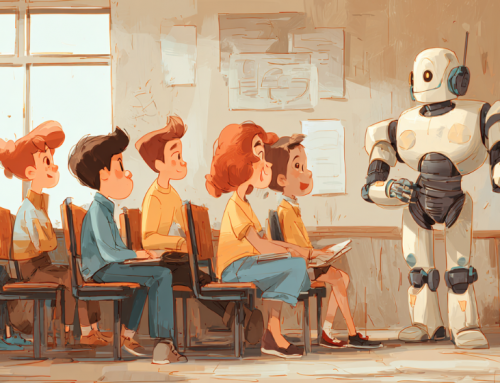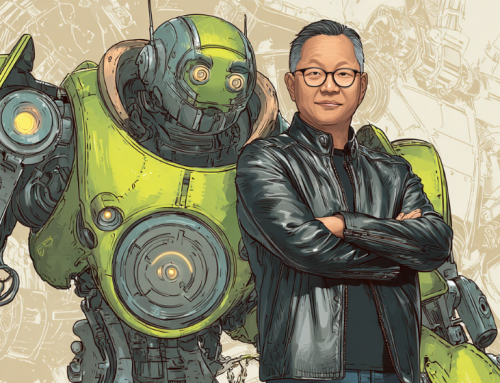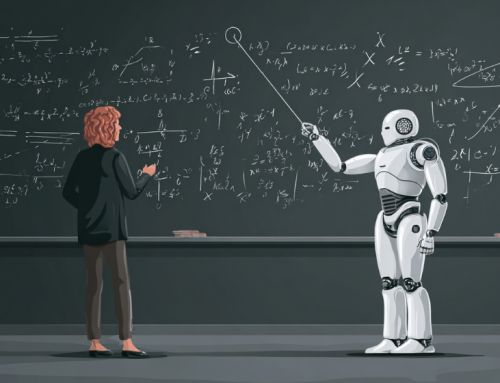From Medical Miracles to Saving Rhinos
I am a “the glass is half full” kind of guy. I try to see the positive side of people places and things. I am happier more often than I am unhappy. I believe our better angels of our nature are more often victorious than the dark angels. I live in a world where information is instantaneous and data is shared round the world in a blink of an eye. And as we have all heard it said, knowledge is power.
In the next few years, that knowledge should be able to solve some of the world’s major problems. In a recent article by Alex Gray for the World Economic Forum, I found he too is a “glass half full” kind of guy.
The fact is, AI has become far more accurate at diagnosing cancer, reading x-rays, and other medical testing that is proving to be more accurate and thereby more lifesaving. A very promising discovery recently on Amyotrophic Lateral Sclerosis (ALS) was a direct result of a partnership between Phoenix’s Barrow Neurological Institute and IBM’s Watson. By using AI to review thousands and thousands of pieces of research, the data helped identify new genes linked to ALS. With this information, doctors can design new treatments and new drug therapies that will prove more effective in the diagnosing and treatment of ALS.
Another item Gray pointed out is with autonomous vehicles and how they will shape our future travel plans. We have all seen the driverless cars of the future in our daydreams and now some people, like Elon Musk, are closer to making them a reality for everyone.
In a report from Stanford University, the past decade has seen the rise of machine learning being used to train these cars. Google’s cars logged more than 1.5 million miles without a driver and 300,000 miles without an accident of any kind. Stanford says other reports predict that by 2020 we should expect self driving vehicles of many shapes and sizes. Not just on the roads either, but in the air and on water. AI will be flying, floating and driving without many, if any, accidents expected. That will bring insurance rates way down.
The use of AI in courtrooms, classrooms and operating rooms will become commonplace. The advancements in these fields alone, should provide the next leap forward in the state of the human condition.
One last piece of good news has to do with wildlife. Using AI in Africa is helping to prevent poachers from ultimately wiping out every rhino on the continent. Rangers are using AI for tracking animals, predicting their migrations and how much food will be found on those migrations. They are using AI to detect poachers’ movements in various parts of the parks they protect with sensors placed throughout the area. Then they can predict which animal the poachers are tracking or which area the poachers are targeting.
One study has been using computer power to study wildlife corridors for wolverines and grizzly bears in Montana.
The technology we have invented could help us avoid food shortages by making better use of supply chains and production data.
Is there danger is using AI? Of course. But by trial and error we have managed to invent these genius machines. Hopefully we can build in the proper safeguards and failsafe systems that will allow them to not only solve human problems, but to keep the AI machines from thinking “Maybe humans are THE problem.” If we can build them, we can build that in, too.








Leave A Comment